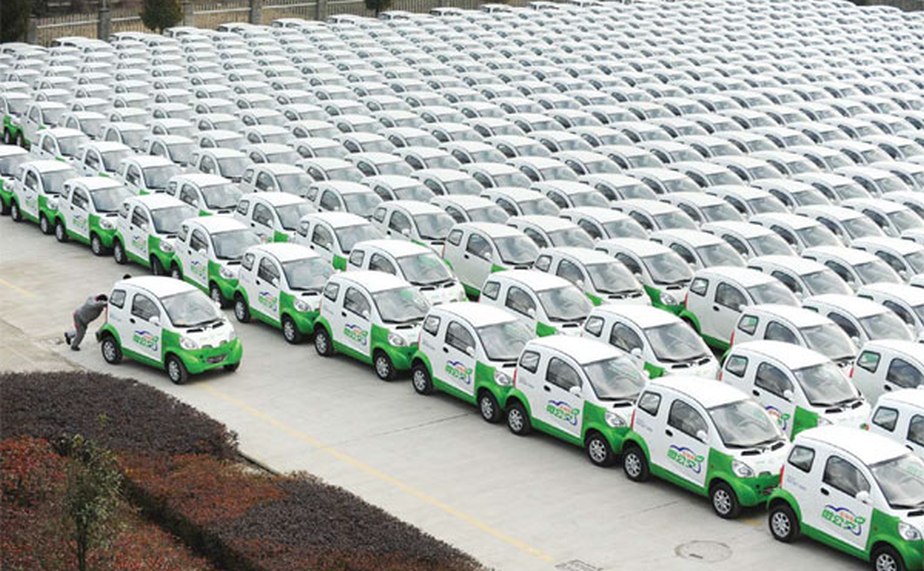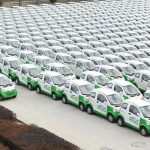Chinese electric vehicles lose a third of their value after their first year, new survey shows

China is the largest EV market in the world, accounting for 57% of the global market as of April 2020 and 12 percent of all new electric vehicle sales in 2021. In addition to Tesla, China’s local electric car market is dominated by well-established brands including Aion, BYD, GAC Group. Li Xiang, NIO, and Xpeng.
Early this year, China’s Finance Ministry announced it will cut subsidies on new energy vehicles (NEVs), such as electric cars, by 30% in 2022 and withdraw them all together at the end of the year. The Ministry added that its goal for the NEVs, including plug-in hybrids and hydrogen fuel cell vehicles, is to make up 20 percent of auto sales by 2025.
But a new report from China’s most influential financial media group Caixin Global may pour cold water on China’s NEV goal. The report states that Chinese electric vehicles (EVs) aren’t retaining their values like the traditional internal combustion engine (ICE) vehicles.
The report, which profiled EV companies like NIO and XPeng, found that these companies have been forced to buy back older versions of their models from customers who worry about the speed with which EV makers are coming out with new models. “Several” other automakers had to take similar measures over the past few years, Caixin Global writers An Limin and Guo Yingzhe stated in the article.
However, the problem with Chinese EVs is much deeper. A new survey from Geek NEV found that the “depreciation rate for Chinese EVs is 3 times that of the ICE vehicles.” Using the sales data of new energy vehicles released by the Ministry of Commerce, Geek NEV said:
The new cars “sold for 100,000 yuan or less in China hold on to 67.8% on their value on average after their first year, while cars running on the old internal combustion engine retain 74.3% of their value after three years on the road.”
Geek NEV added that the domestic sales of new energy vehicles from January to July this year have exceeded the level of 2020, reaching a record high of 1.478 million units. It is believed that the annual sales volume is expected to exceed 2.4 million units.
EVs have trouble holding onto their value because of how unpredictably their batteries degrade and how China’s subsidies for EVs have led to higher prices for the vehicles than there ever should have been in the first place.
Meanwhile, Caixin further explained that “there is no easily accessible data or commonly accepted standard for valuing the quality of used batteries”. On top of this, batteries have been evolving faster than automakers can keep up. The report says that the “average range an EV can travel on a single charge increased from 212 kilometers (131.7 miles) in 2017 to 391 kilometers in 2020.”
It is not all bad news for Chinese EV automakers. Caixin ended on an optimistic tone. The report said that as the industry evolves, there are some optimistic signs that EVs are holding onto their value for slightly longer. Caixin noted:
“The Wuling Mini EV and Tesla Model 3, the two best-selling EVs on Chinese market since 2020, have managed to maintain their second-hand price after one year on the road at the same level as conventional vehicles, according to data released by the CADA in November.”
Below is the original text in Chinese.
“根据商务部发布的新能源车销量数据,今年1-7月国内新能源车销量已经超过2020年全年水平,创历史新高达到了147.8万辆,相信全年销量有望超过240万辆。
两年前我们做过一期二手新能源车行情的调查《无人问津亦无处销售 二手电动车难觅踪影》,当时的二手车行情可谓是惨不忍睹,买了电动车基本就砸手里。
时至今日,在新车销售火热的情况下,二手车保值率是否有所改善,哪些品牌较为保值,为此我们做了一个调查”

